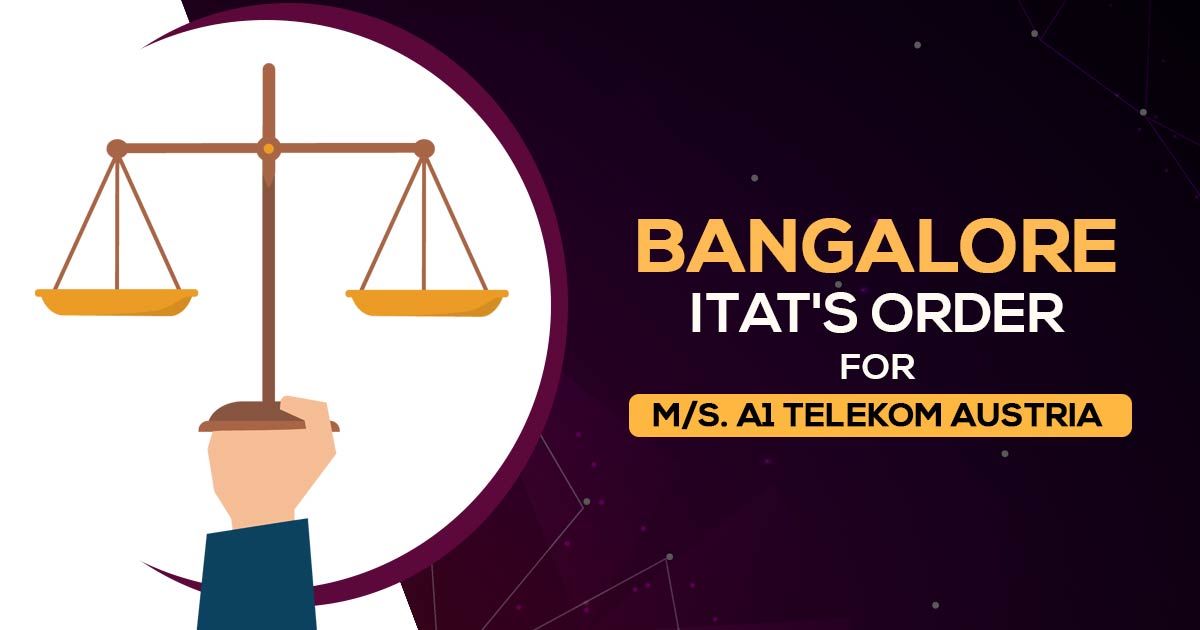
The Bangalore Bench of the Income Tax Appellate Tribunal (ITAT) ruled that interconnectivity utility charges (IUC) could not be levied to tax as royalty under the India-Austria Double Taxation Avoidance Treaty (DTAA). The bench of Beena Pillai (Judicial Member) and Chandra Poojari (Accountant Member) witnessed that payments that the taxpayer obtained for interconnectivity utility levies from Indian customers or end users could not acknowledge royalties to be carried to tax in India under Section 9(1)(vi) of the Income Tax Act and also as per DTAA.
The taxpayer company is a non-resident telecommunications operator who is involved in the business pertinent to telecommunication services, interconnect services, internet services, and others and is a tax resident of Austria. The non-deduction of tax at source on payments made to non-resident telecom operators (NTOs) for the provision of bandwidth capacity and for the provision of interconnect services led to the initiation of the Section 201 proceedings.
The charges were deemed royalties or FTS both under the Income Tax Act and the respective DTAAs. As per the CIT(A), the payment obtained via the taxpayer for the interconnect charges is the amount to the royalty beneath the provisions of the act and DTAA. The taxpayer argued the DTAA succeeded over the Income Tax Act. Explanations 5 and 6 do not override the DTAA between India and Austria. Therefore, the payment obtained via Vodafone and Bharti Airtel does not levy tax as a ‘royalty’ under DTAA.
The government classified the assessee’s payments for interconnection utility rates as royalty since the payment is made to “use the process” or “an equipment.”The tribunal found that different service providers in India engaged in agreements with the assessee for international carriage and connection services, for which the assessee receives interconnectivity charges.
Read Also: Earning via FTS or Royalty May Force Foreign Companies/Non-residents to File ITR
The term “process” is used under Explanation 2 to Section 9(1)(vi) in the definition of ‘royalty’ and does not indicate any ‘process’ that is publicly available. The term \”process\” occurring under clauses (i), (ii), and (iii) of Explanation 2 to Section 9(1)(vi) means a process,\” which is an item of intellectual property. The ITAT ruled that the payments that the taxpayer made in lieu of services furnished via the assessee could not counted within the ambit of royalty under Section 9(1)(vi) Explanation 5 and 6.
| Case Title | M/s. A1 Telekom Austria Vs DCIT |
| Citation | IT(IT)A Nos. 336, 338 & 339/Bang/2023 |
| Date | 25.08.2023 |
| Assessee by | Shri Siddhesh Chaugule, Advocate & Shri Khyati Khatri, Advocate |
| Revenue by | Shri Sathyasai Rath, CIT (DR) |
| Bangalore ITAT | Read Order |